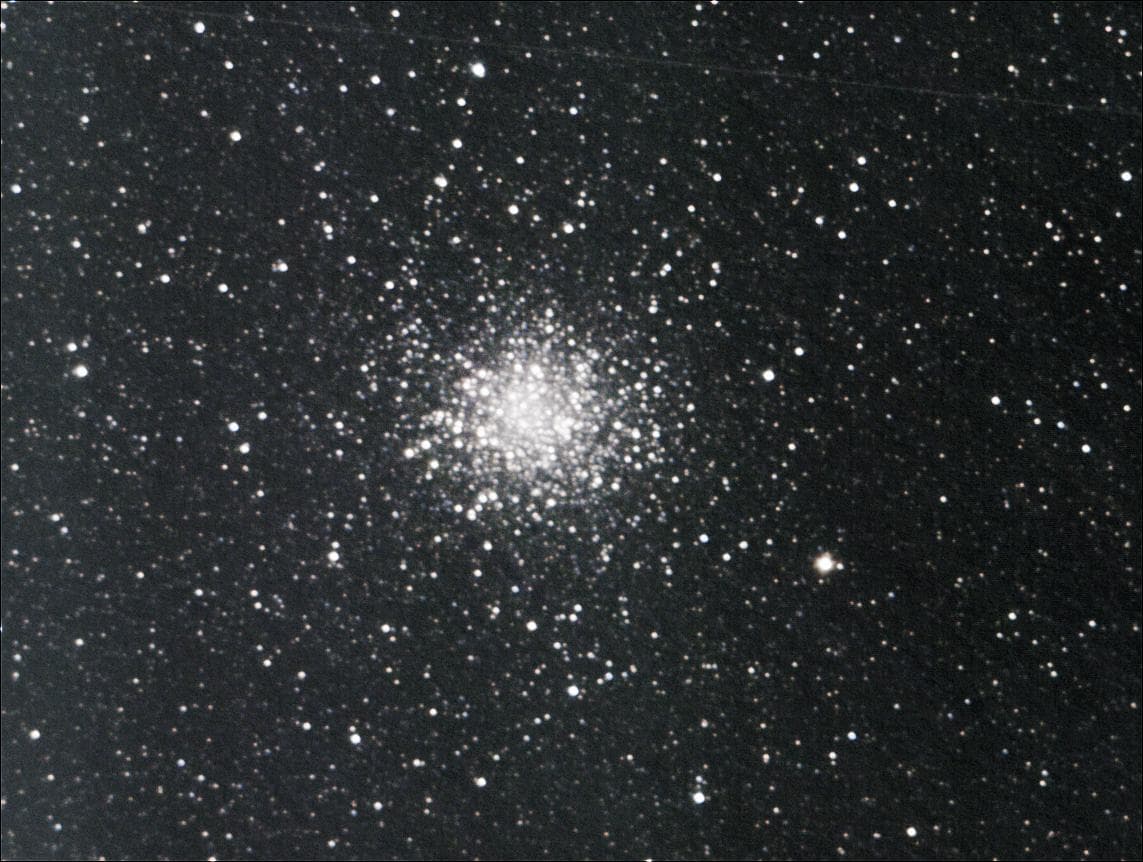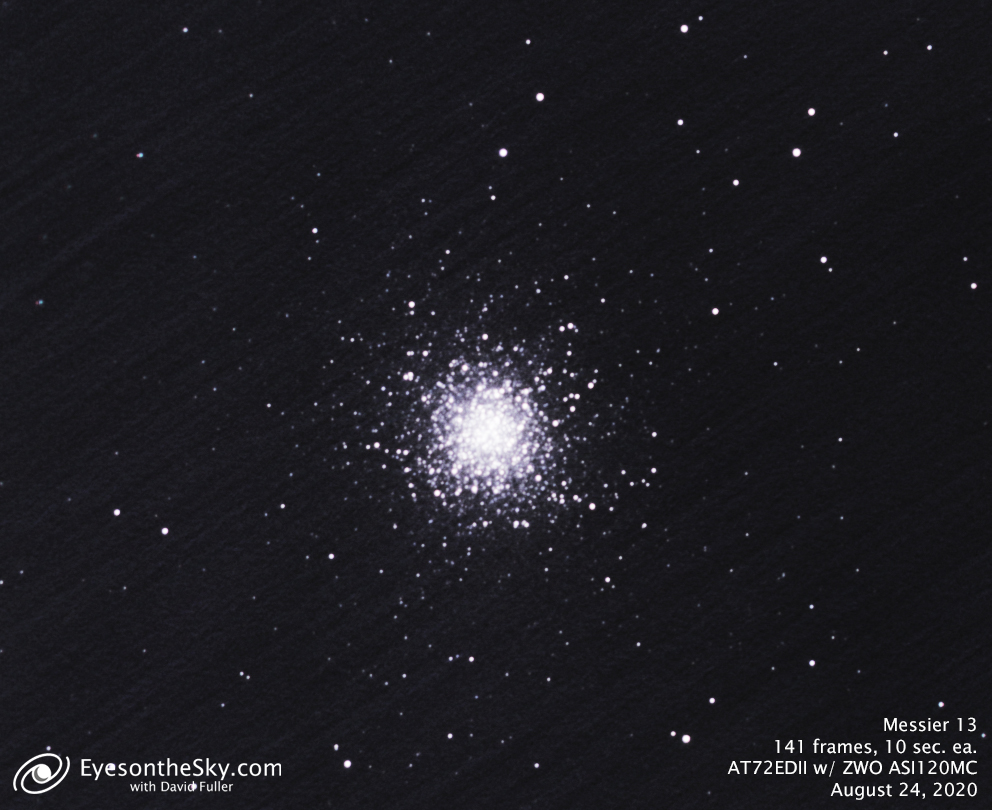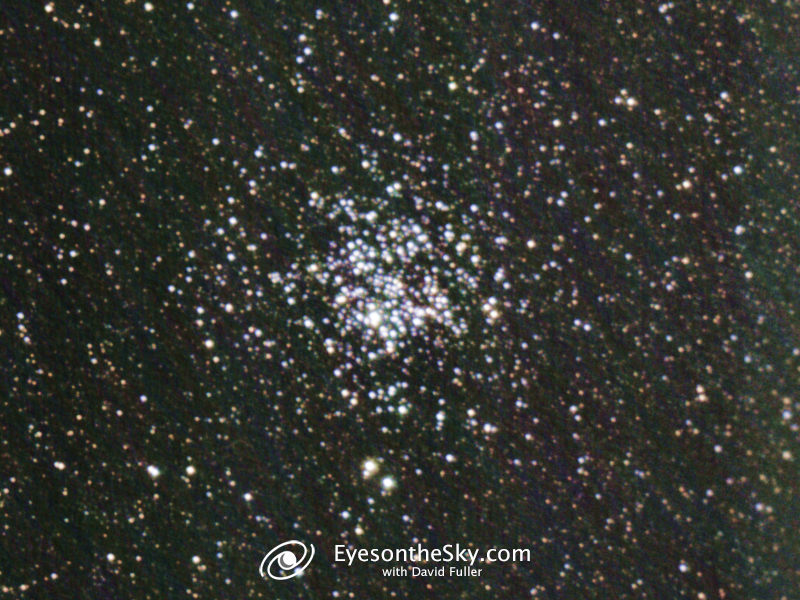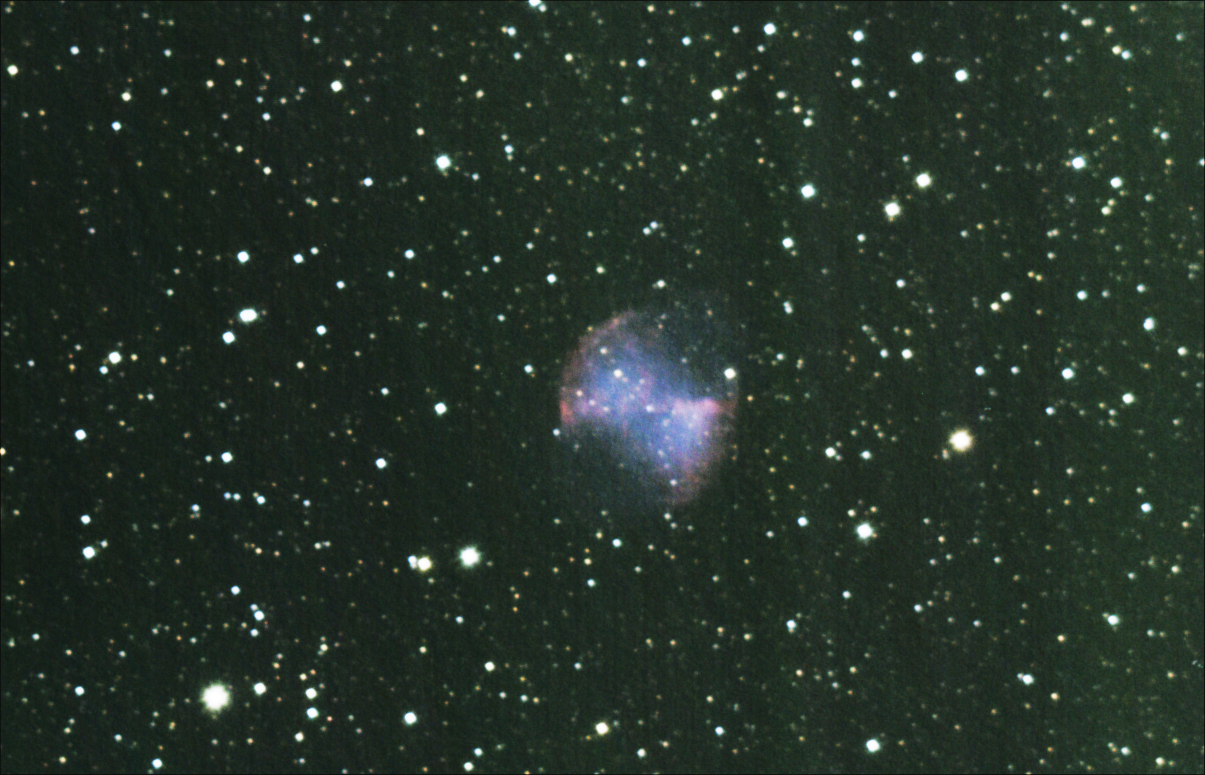
with David Fuller

You can do astrophotography affordably
Get sub-arc second tracking for astrophotography with a mount that costs under $500
One thing we are never short of in the world of amateur astronomy is opinions on what to buy. I know, I know - and here I am offering another one, right? Fair enough.
But something that frustrates me is the never ending stream of opinions that the only way to get good views or good astrophotos is with expensive, costly equipment.
Let me ask you a question: Does everyone who has Ping golf clubs and Titleist golf balls play two-under-par golf games? (For the non-golfers out there, that's a hard "NO.")
So, expensive equipment doesn't make you a good golfer, nor does expensive gear make you a good astrophotographer. That said, one does need to choose carefully what equipment they purchase in order to have the greatest opportunity for success while saving money and minimizing frustration (and people with expensive equipment are sometimes MIGHTILY frustrated too - especially in astrophotography).
It was with great interest, therefore, that I watched this quite interesting video by @astrobiscuit - well, actually skip ahead to the 2:08 section (video below will start there):
That EQ3-2 mount he speaks of is idential to a CG-4. (This thread supports this.) And interestingly, this goes along well with the point I made a few months ago about an under-$1,000 astrophotography set up. Although that one was for visual and astrophotography. For this set up, it would really be aimed at astrophotos. One can get a star diagonal and some eyepieces and still see plenty with it though.
But for astrophotos, the points made about getting the better tracking so that the errors are minimized caught my attention. I haven't given much thought to it, because I'm just starting to really learn about the whole astrophotography thing with the latest cameras. For reference, my first astrophotograpy camera used film. Yes, really. Anyway, I'm not about to add a more expensive mount with guiding/tracking, adding PHD, strapping a guidescope onto my set up, and having about 59 cables running around my mount/scope - for now, anyway.
Nope, I'm okay with getting some reasonably accurate tracking by polar aligning correctly, taking my sub frames, and then stacking them just using a low-cost mount and an pretty good refractor telescope. I presently own an Astro-Tech AT72EDII refractor - similar telescopes can be found in the $500 range. And my present camera is a low-cost but solid-performing ZWO ASI120MC camera. It's optimized for planets, but can take some narrower-field deep sky images too. I also have a Canon T7i, but I'll talk more about that in another post.
Comparing tracking to pixels
Back to the arc-second tracking though: I wanted to find out if the errors from a CG-4 mount would track well enough to provide sufficiently sharp images. So I found this page that has some nifty calculators for astrophotograpy on it.
I plugged in the ASI120MC's pixel size of 3.75µm and the focal length of the AT72EDII (432mm). That nets me a pixel size of 1.79 arc seconds per pixel. Not bad, not bad at all. I can get some pretty good images even with a littel bit of error occuring.
But! I found I need a focal reducer/flatterner to get better images. It also widens the field a bit that I'd get with the AstroTech. So I needed to multiply the focal length by 0.8 which is the amount the reducer changes the focal length by. Now I'm at 2.24 arc seconds! That's a fair amount of wobble available. Not that we want wobble - good tracking is better, of course.
True, the sensor of the ASI120 is too small to get targets like the Orion Nebula, The Lagoon Nebulae, the Andromeda Galaxy or the Veil (west or east). Those and many other targets are just too large. But it is possible to get a number of smaller targets, like M11, M13, M22, M27, M57 among others - pretty much any globular, and a lot of smaller open clusters and perhaps nebulae too.

Taken with an ASI120MC camera on a SkyView Pro mount, similar to a CG-4 / EQ3-2. This was when wildfire smoke was coming from the west across the Chicago area, so smoke streaks are visible in the stacked image here.
What this set up would cost you
So how much are we talking for a full set up? Not all the much, in the grand scheme of things. And if you go a little smaller on the refractor by purchasing a 60mm instead of a 70 or 72, you can be right around - or even a bit under - the $1,000 mark.
Here's the shopping list:
- CG-4 / EQ3-2 mount
- Polar scope
- Motor drives for mount
- Small color camera like ZWO ASI120MC
- Small ED-glass refractor such as the AstroTech AT series, the Skywatcher Evostar or similar
By my count as of me writing this, that's $1,018 (not including shipping) if one gets the 60mm AstroTech AT-60. Step up to a 72mm ED, and you're about $100 more, and if you go with the 70mm older Astrotech you can even squeeze by for under $950.
Now, this assumes you are willing to either pay for the upgraded CG-4 mount by Dark Frame Optics in the UK, or be okay with taking the mount apart yourself and working on it to regrease it with better lubricants and tighten up the workings so that there is no slop but it runs smoothly. For those if us who are "tinkerers" that's no problem.
For those who aren't... you MAY still get adequate tracking, and the beauty of computer based astrophotography is that if your sub frames aren't good - delete them! Start over. Easy enough - and quite frankly, any astrophotographer who has done this long enough has take a LOT of bad frames and needed to keep working at it. Maybe try shorter subs?

Messier 11. 60 frames at 10 seconds each. Unguided, using an Orion SkyView Pro mount, AT72EDII telescope and ZWO ASI120MC camera
Or, go ahead and get the upgrade done. Yes, from the USA you'll have to send your mount "across the pond" and spend $400 or so to get it upgraded. And I know for sure that the Astro-Tech AT72EDII needs a focal reducer/correct. So that's another $130.
But add that up - $1,018 + $129 + $400 + shipping = still less than most any HEQ-5 setup with a similar telescope / camera / reducer. And that HEQ-5 wouldn't be optimized.
Do astrophotography for less
So from a practical affordability standpoint, my point is this: You CAN get a decent working system a reasonable budget of around $1,000. Don't let people tell you you have to spend $1,200 or $1,600 JUST to get a mount - and STILL not have a telescope or camera! - when the expert who is the premier "fixer" of mounts says an EQ3-2 / CG-4 mount will do sub-arc second tracking with a bit of extra work and care.
So, you want to do astrophotography? Give it a shot. I'm going to be posting more about this in the future. I'll probably even tear apart my CG-4 just to see what I can do to get mine working better. If and when I do, I'll take photos and maybe even video so you can watch and learn too. I'm sure my "fix" won't be as good as what Dark Frame Optics is doing, but I'm sure I can improve it too.
Stay tuned. We'll have some fun capturing the night sky for less than what most people spend on their mount, and still get decent results! Tha willt be fun, won't it?
We won't tell them how little we spent...
Clear and dark skies!

Messier 27, the Dumbbell Nebula. 112 frames at 10 seconds each, AT72EDII refractor and a SkyView Pro mount.
